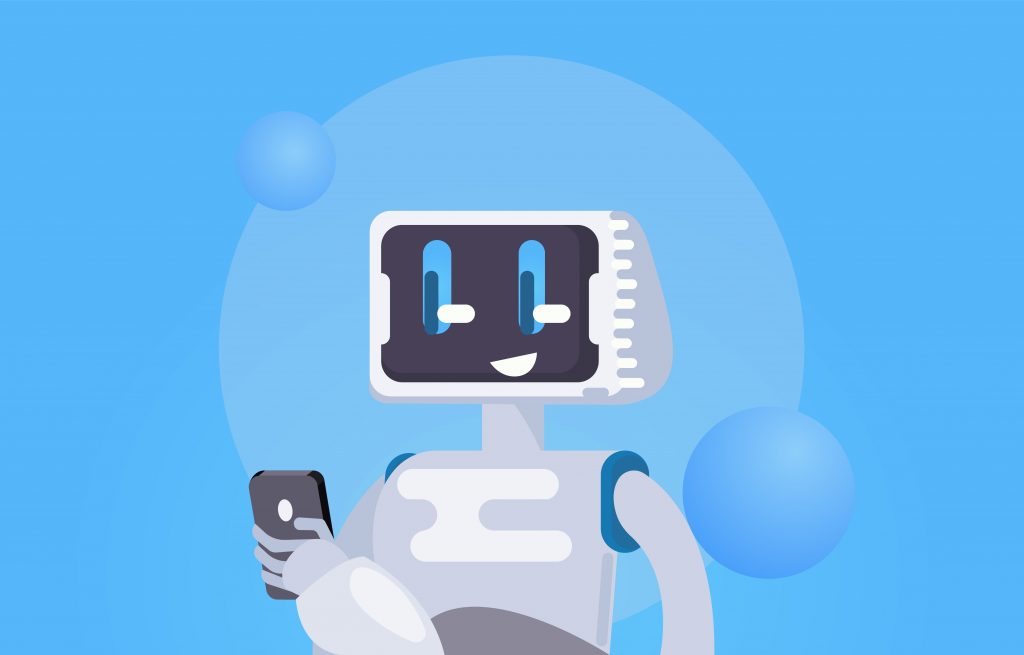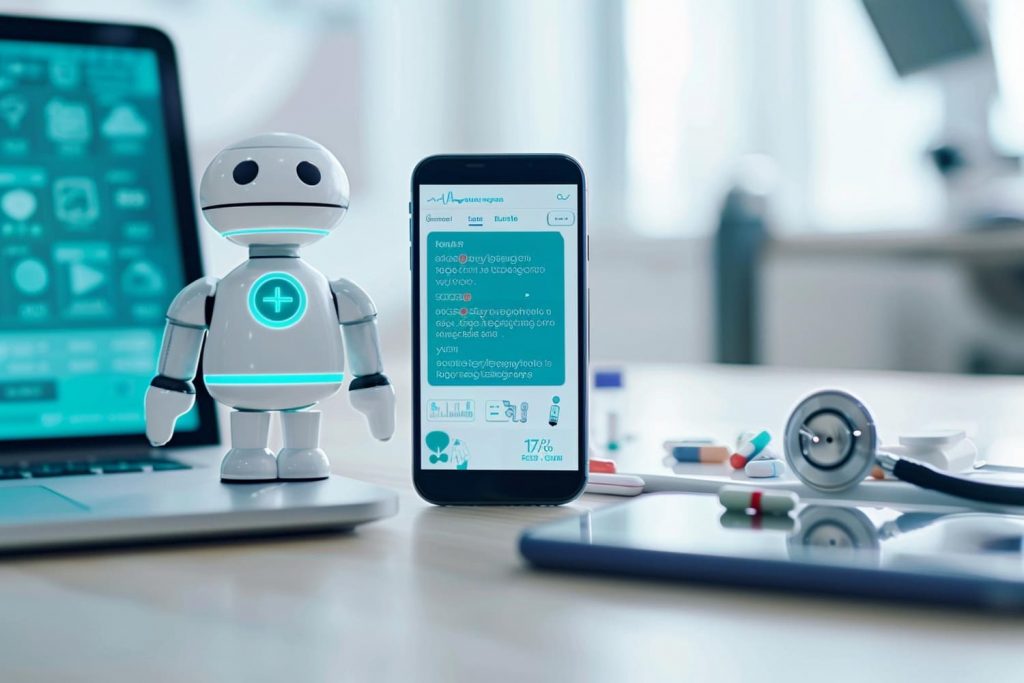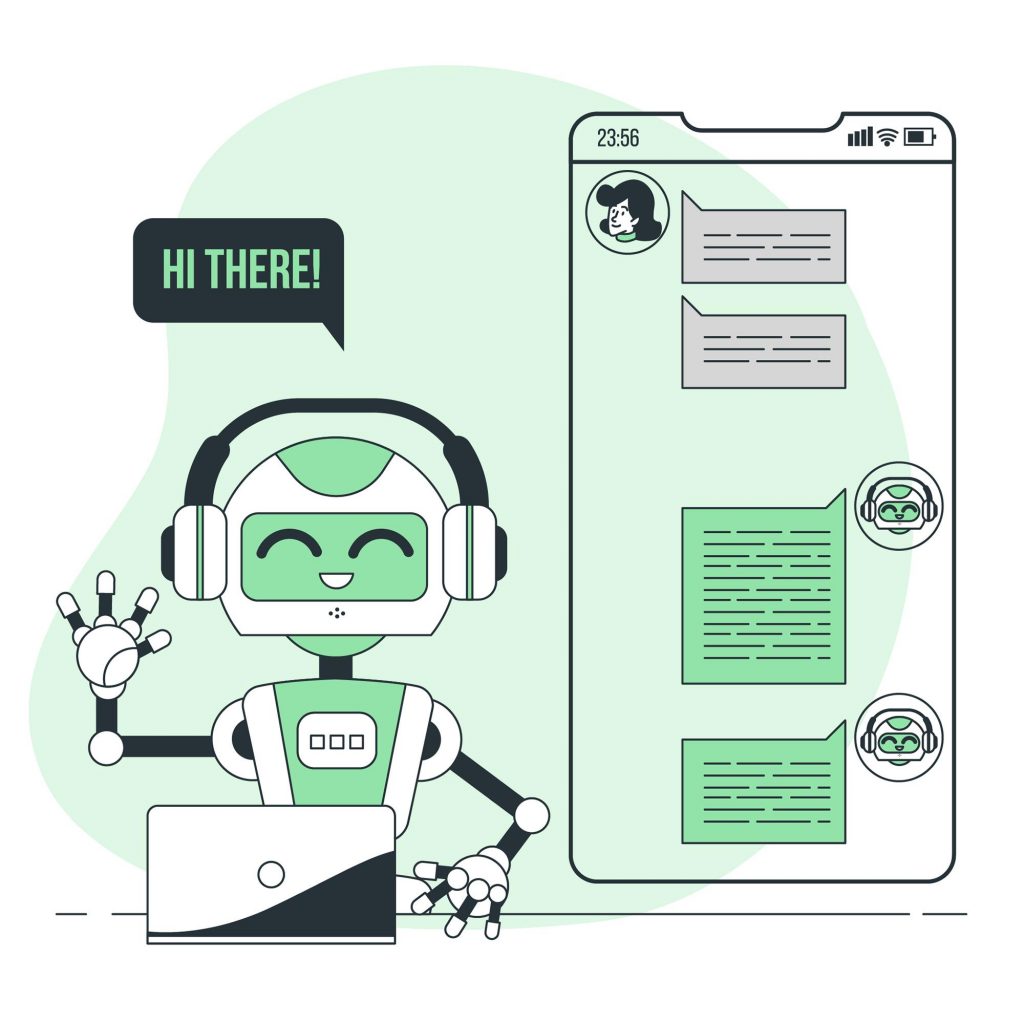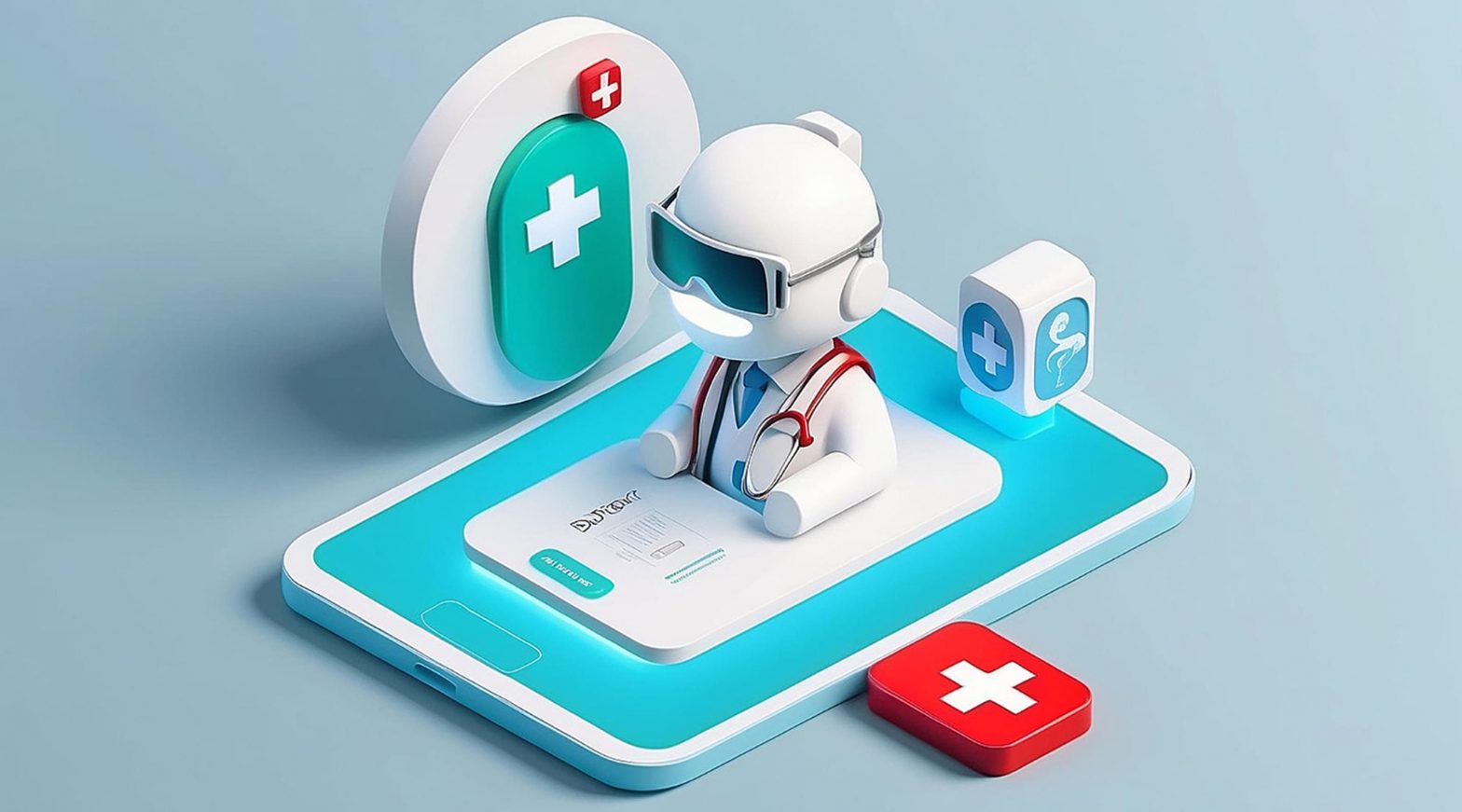From symptom checkers to medication reminders and post-op follow-ups, AI chatbots are reshaping how patients and providers communicate. In 2025, healthcare chatbots are no longer a trend—they’re a strategic advantage.
At Tino Agency, we help healthcare innovators build secure, HIPAA-compliant chatbot solutions that make care more accessible, personalized, and efficient. Here’s what you need to know if you’re considering implementing a chatbot in your product or service.
🤖 What Are Healthcare Chatbots?

Healthcare chatbots are AI-powered virtual assistants designed to simulate human conversations, offering real-time help to patients, caregivers, and even administrative staff. They handle tasks like:
- Answering FAQs
- Booking appointments
- Sending medication reminders
- Collecting pre-visit information
- Triaging symptoms
Some advanced bots use natural language processing (NLP) and machine learning to provide more personalized, context-aware conversations.
💡 Key Benefits of Chatbots in Healthcare
✅ 24/7 Availability – Patients can access support anytime without waiting on hold.
✅ Reduced Operational Costs – Automating routine tasks like scheduling or follow-ups can save providers millions.
✅ Improved Patient Engagement – Chatbots nudge patients to stay on track with treatment and self-care.
✅ Faster Triage & Intake – Bots can collect symptoms and hand off structured info to the clinician.
✅ HIPAA-Ready Communication – With proper architecture, chatbots can securely manage PHI.
🔬 Use Cases: Types of Medical Chatbots

- Informative Bots – Deliver health tips, education, or news articles via chat. Example: Flu info bots or nutrition advice bots.
- Conversational Bots – Understand patient intent and answer questions dynamically. Used in mental health, chronic care, or insurance.
- Prescriptive Bots – Schedule visits, alert physicians, or guide patients post-surgery.
🌐 Real-World Adoption
Organizations like Northwell Health report >95% user satisfaction with their chatbot for post-discharge cancer care.
Private clinics and digital health startups now use chatbots to:
- Shorten wait times
- Reduce call center load
- Improve onboarding
- Automate admin workflows
🛠️ How to Build a Healthcare Chatbot

Step 1: Define the Purpose – What should the chatbot do—support, educate, schedule, or all of the above? Step 2: Design Conversation Flows – Map out user intents and responses. Step 3: Choose the Right Tech – We often use Rasa, Dialogflow, or GPT-based custom solutions. Step 4: Integrate with Systems – EMR, CRM, scheduling tools. Step 5: Add Compliance – Ensure HIPAA and data security standards are met.
💸 What Does It Cost?
Building a healthcare chatbot typically costs $45,000 to $120,000+, depending on:
- Use case complexity
- NLP depth (predefined vs. generative AI)
- Integrations (EMR, 3rd party APIs)
- Hosting, security, and compliance efforts
🧠 Tino Agency’s Experience
We’ve designed healthcare bots for mental health platforms, clinic scheduling tools, and chronic care management products. Our focus is always on:
- HIPAA-ready architectures
- Human-like UX
- Rapid iteration with real feedback
FAQ: Chatbots in Healthcare
Yes—when designed properly with encryption, access control, and compliance in mind.
No. Chatbots support doctors, automate tasks, and improve triage—but they don’t diagnose or treat.
Rasa and Dialogflow are great for rule-based bots; GPT-based tools work for more fluid, contextual conversation.
A functional MVP can be ready in 6–12 weeks.
Yes. Start simple, then layer on more intelligence as needed.
📞 Ready to build your healthcare chatbot? Let’s discuss your vision and build something patients will actually use.
